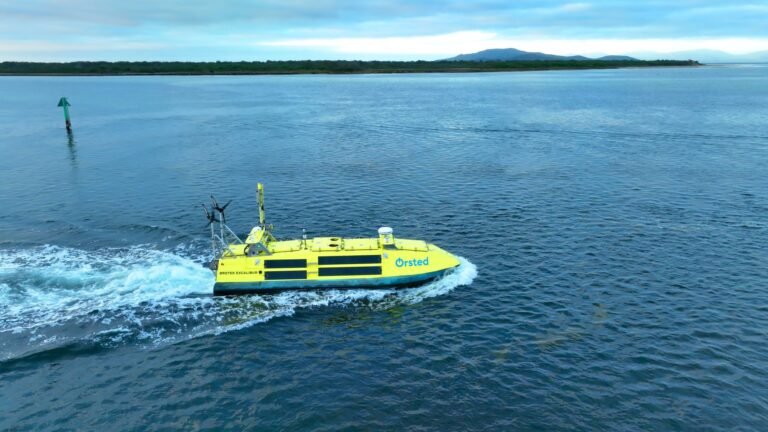Ørsted Completes Geotechnical and Geophysical Investigations for Gippsland Offshore Wind Farms
Ørsted, a leading renewable energy developer, has recently wrapped up geotechnical and geophysical investigations at two potential offshore wind farm sites in Gippsland, Australia.
The investigations involved scanning and sampling the seabed in the Bass Strait off the Gippsland coast, with approximately 60 locations being tested using specialist vessels and equipment.
By analyzing the data collected, Ørsted aims to gain insights into the seabed composition, subsurface conditions, and marine environment of the area. This information will be crucial in designing the offshore wind farms, determining turbine placement, and minimizing environmental impacts.
Back in November 2024, Ørsted had contracted MMA Offshore to gather subsea data in support of future offshore wind developments in the region.
Furthermore, the company has deployed monitoring devices to assess wind, weather, and ocean conditions in its licensed areas over the next couple of years, enhancing its understanding of the project sites.
Ørsted’s commitment to environmental stewardship is evident through the marine environmental baseline surveys that began last year for its Gippsland offshore wind project.
Having secured a feasibility license early on, Ørsted is poised to deliver a significant renewable energy boost to Australia. The two proposed offshore wind farms in Gippsland have the potential to generate a combined 4.8 GW of clean electricity, enough to power four million Australian homes.
In a positive development, Australia’s Offshore Infrastructure Regulator (OIR) recently approved the feasibility stage management plan for the offshore wind farms. This plan outlines the safe execution of activities in compliance with the Offshore Electricity Infrastructure Act (OEI Act).

